Ultimate Luma AI Prompts Generator Guide for Developers
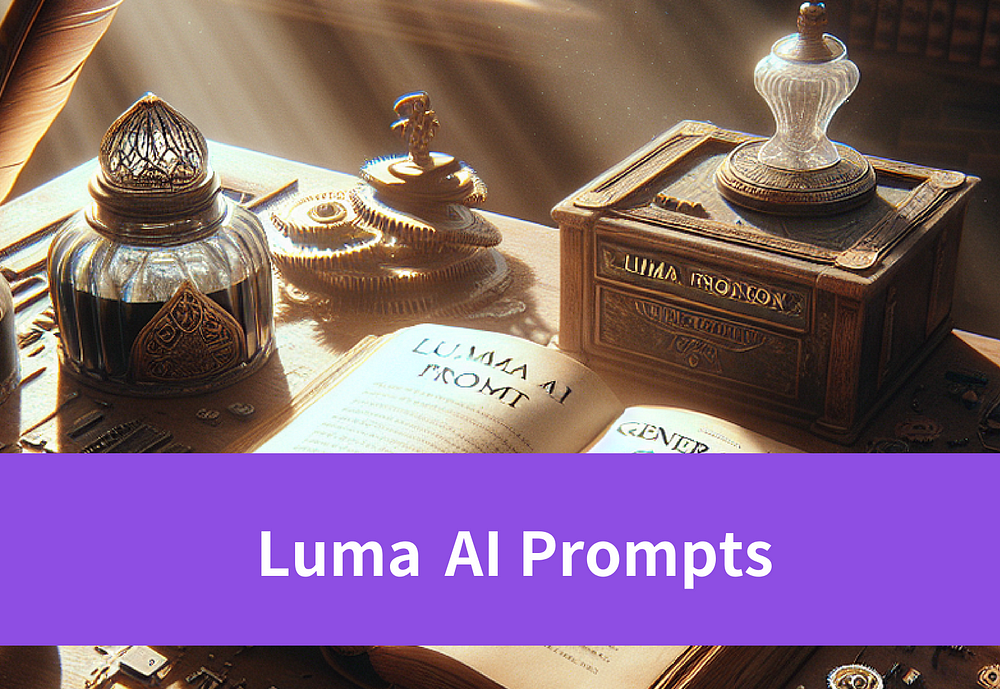
Unlock the power of Luma AI prompts with our ultimate guide. Discover how Luma AI prompts can revolutionize your writing process.
Key Highlights
- Power of AI Video Generation: Discover how to use Luma AI, an advanced artificial intelligence tool, to transform your creative vision into captivating videos.
- Creative Prompt Examples: Get inspired by a diverse range of prompt examples, from fantasy landscapes and sci-fi cities to underwater adventures and historical reenactments.
- AI Storytelling: This comprehensive guide covers everything from understanding your audience to incorporating humor and crafting engaging calls to action.
- Build a Luma AI Prompts Generator: With Novita AI’s LLM API services, you can stream your workflow to get a good prompt generator.
- Future of Video Creation: Stay ahead of the curve and unlock new creative possibilities with Luma AI’s game-changing capabilities.
Introduction
In digital content creation, artificial intelligence is changing things quickly. One amazing new tool is Luma AI’s Dream Machine. This powerful tool lets anyone make high-quality videos from simple text. It can turn your creative ideas into real video scenes. Just think about generating a movie-quality scene in minutes. That’s what Luma AI can do for you. This guide will help you understand more about Luma AI. It will show you its features and how you can use them to create great videos.
Understanding Luma AI Prompts
A Luma AI prompt is like instructing the Dream Machine to start a conversation and bring your creative idea to life. By providing clear and detailed prompts, you help the AI understand your vision better, resulting in a video that meets your specific needs and preferences. Your prompt guides the AI’s work, much like a movie director directs actors.
The Basics of Luma AI
Luma AI effortlessly transforms images and text into dynamic videos like OpenAI’s Sora. It’s user-friendly for all content creators, including filmmakers, marketers, educators, and social media enthusiasts. Using “text-to-video synthesis,” Luma AI interprets your text to create visually engaging videos through advanced algorithms and neural networks. Whether you’re a pro or an aspiring artist exploring AI tools, Luma AI offers customizable options to bring your creative vision to life.
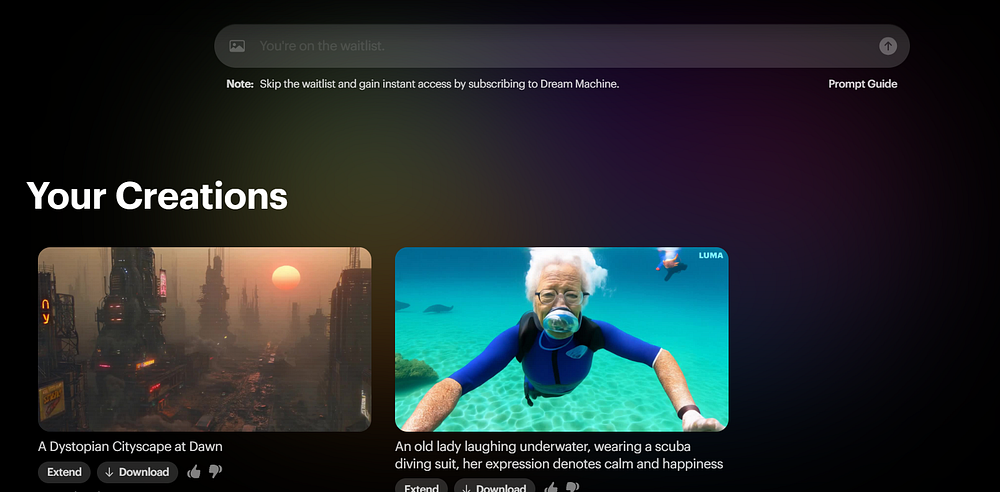
How does Luma AI Prompt Work
Luma AI creates realistic videos based on written descriptions. For instance, describing a red sports car speeding down a highway at sunset helps the AI analyze important details like the setting and mood. This results in a video that follows physics rules, including lighting, shadows, and motion blur for a believable scene.
How to Craft Effective Luma AI Prompts
Crafting good prompts for Luma AI is a creative skill that enhances video creation.
- To optimize its performance, provide specific details about scene settings, characters, actions, and desired camera angles.
- Experiment with different words and phrases to refine your prompts for the best results.
Enjoy watching the prompt guide video if you are interested.
Creative Luma AI Prompts to Elevate Your Artistic Vision
Ready to unleash your imagination? Explore exciting Luma AI prompts examples like enchanted forests, futuristic cities, deep space, and dream worlds. With Luma AI, the possibilities are endless. Use these prompts as inspiration to create your own unique ideas and let the AI bring them to life.
1. Nature Scenes
- Prompt: “Create a serene forest landscape at dawn in a panoramic view, with mist rolling over the trees and soft sunlight breaking through the leaves.”
2. Urban Exploration
- Prompt: “Show a bustling city street with skycrappers at night, illuminated by neon lights, with people walking and cars passing by.”
3. Fantasy Worlds
- Prompt: “Imagine a floating island in a sky filled with colorful clouds, palm trees and featuring waterfalls cascading into the abyss below.”
4. Historical Settings
- Prompt: “Depict a medieval marketplace, with vendors selling goods, townsfolk interacting, and a castle in the background.”
5. Underwater Adventure
- Prompt: “Visualize a vibrant coral reef teeming with diverse marine life, including colorful fish and gently swaying seaweed.”
6. Space Exploration
- Prompt: “Create a scene of a spaceship traveling through a colorful nebula, with distant stars and planets in the background.”
7. Dreamlike Landscapes
- Prompt: “Generate a surreal landscape with oversized flowers and whimsical creatures, under a starry night sky.”
8. Seasonal Changes
- Prompt: “Show the transition of a landscape through the four seasons, from blooming spring to snowy winter.”
9. Surreal Portrait
- Prompt: Create a surreal video of a person with a clock head showing moving gears as eyes display landscapes. Their mouth is a drawer filled with memory symbols. The shifting background reflects changing thoughts and feelings in this surreal dream machine concept by Luma AI sparking personal reflections and discussions.
10. Natural Phenomena: Capturing Earth’s Beauty
- Prompt: Show the Grand Canyon at sunrise, capturing its vastness and colorful rock layers as the light transitions from soft purple to bright yellow. A hawk gracefully flies overhead, casting a shadow on the canyon floor, showcasing the beauty of nature.
Techniques to Master Luma AI Prompts Creation
Creating effective prompts for Luma AI involves practicing and learning to hone your skills. By understanding language and AI cues, you can craft exceptional prompts for engaging video content. Embrace techniques to enhance your prompt creation skills with Luma AI’s advancements.
Leveraging Keywords for Enhanced Creativity
Keywords are crucial in crafting effective Luma AI prompts. They guide the AI in understanding your ideas. For instance, for a vintage scene, use words like “retro,” “antique,” or “nostalgic.” Specific keywords, such as “classic convertible” or “futuristic flying car,” yield better results. Experiment with keyword combinations to discover unique outcomes.
The Role of Descriptive Language in Visual Storytelling
Keywords are crucial for Luma AI prompts as they form the foundation. Adding descriptive language injects emotions, depth, and imagery. When creating prompts for Luma AI, engage all senses. Instead of simply mentioning “beach,” describe the warm sand, crashing waves, salty air, and vibrant sunset colors to enhance the visual experience. Use vivid action words and details to ensure clarity and understanding, guiding Luma AI towards your creative concept smoothly. Avoid complexity and aim for concise sentences.
From Inspiration to Creation: Develop Luma AI Prompts Generator with LLM API
To enhance your Luma AI skills, consider creating a prompt generator. This tool can generate unique prompts tailored to your preferences, making your work easier and enabling you to explore various creative ideas. By selecting Novita AI’s LLM API, you can build an efficient, flexible, and creative Luma AI prompts generator that drives your project’s success.
Essential Tools and Technologies for Building a Prompt Generator
Creating a Luma AI prompts generator doesn’t demand coding wizardry but benefits from a basic grasp of AI concepts and programming essentials. Streamline development using tools like Google Colab, a cloud-based platform for Python coding. Python’s NLP libraries like NLTK and spaCy provide pre-built features for text analysis, tokenization, and grammar parsing crucial for prompt generator development.
Using Novita AI LLM API: Step-by-Step Guide to Boost Your Efficiency
This simple guide will help you understand the steps to build your own prompt generator.
Step 1. Set Up Novita AI Account for API Access: Sign up for a Novita AI account. Go to Novita AI Key Management. Obtain API access to the LLM API.
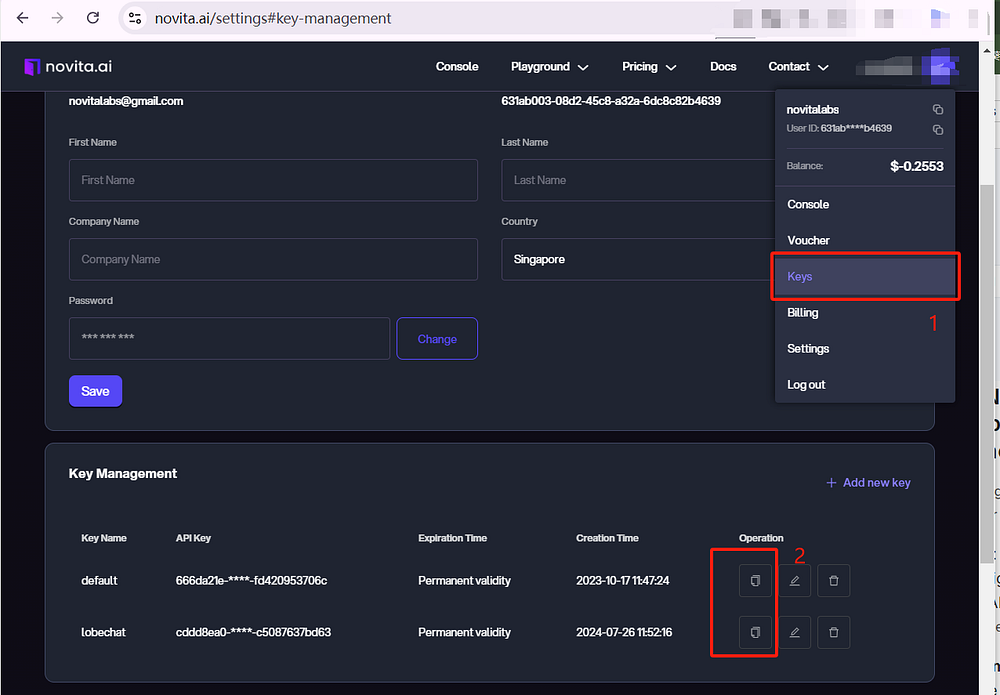
Step 2. Familiarize with API Documentation: Review the Novita AI API documentation to understand its features, endpoints, and usage guidelines.
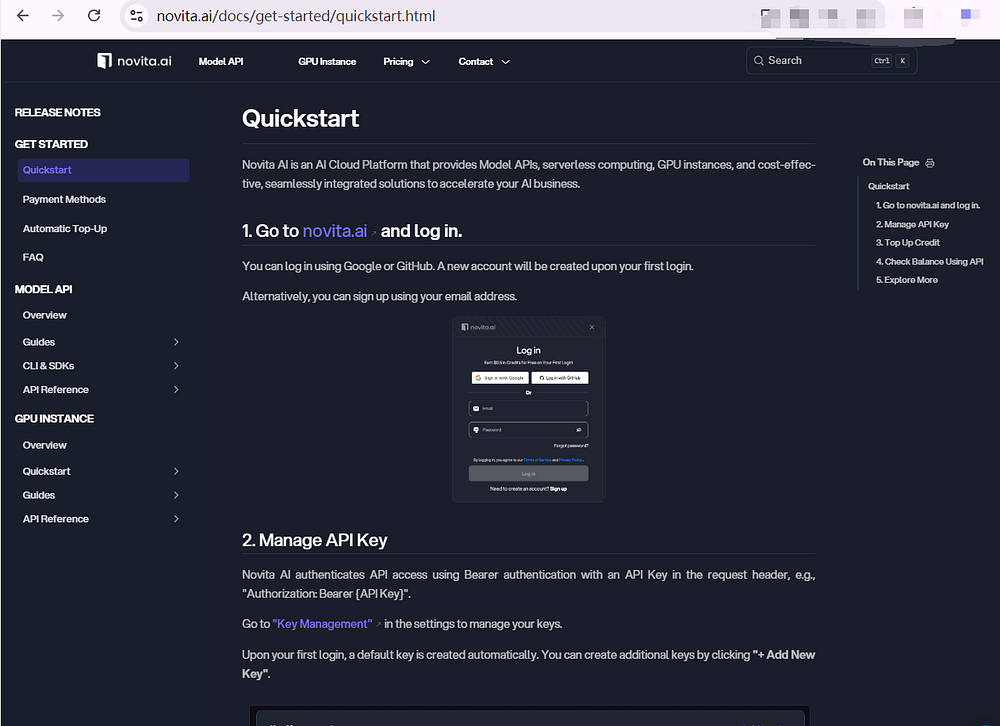
Step 3. Develop the Backend: Set up a backend server (using Node.js, Python, etc.) that will handle API requests and responses.
Step 4. Integrate Novita AI API: Find LLM API included in the Docs page. Enter the API key to connect your backend with the Novita AI API, allowing it to send requests and receive generated prompts.
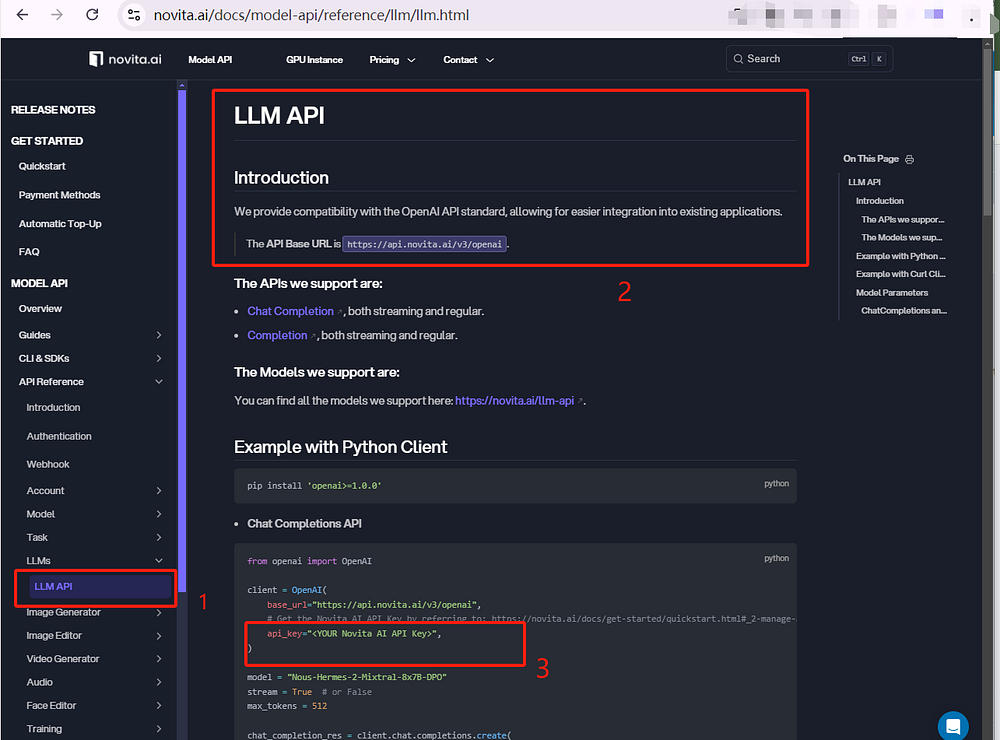
Step 5. Adjust Parameters: You can adjust some parameters like max_token to your needs.
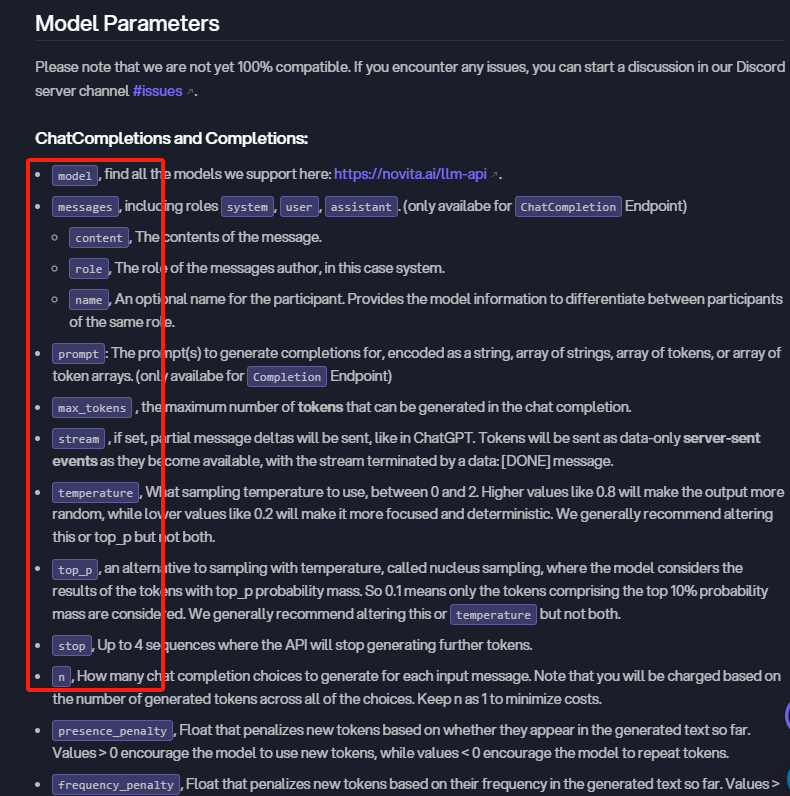
Step 6. Implement User Input: Create a user interface where users can input their preferences or requirements for the prompts.
Step 7. Generate Prompts: Use the API to generate prompts based on user input, applying any necessary logic or filters.
Step 8. Test the Generator: Conduct thorough testing to ensure the prompt generator works as intended and produces high-quality outputs. Make adjustments as needed based on user feedback.
You can also test large language models on our LLM playground.
Step 1. Create an Account: If you don’t have an account, sign up for one to gain access to the playground features.
Step 2. Log In: Log in to your account to access the Model API under the Products Tab. Find LLM on the page.
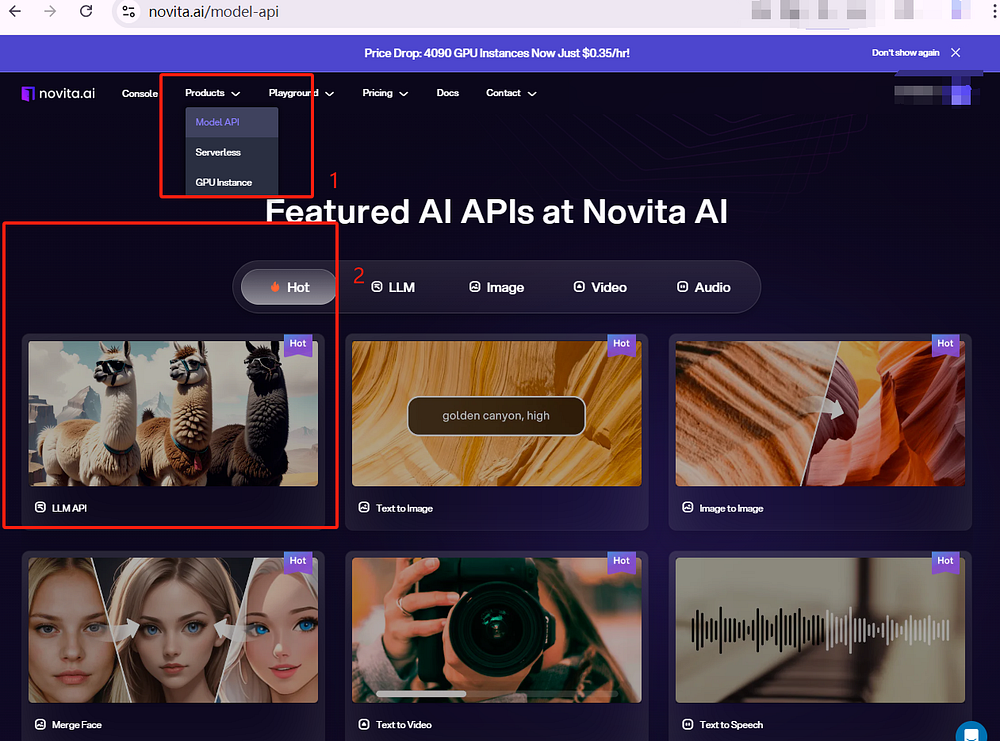
Step 3. Select a Model: Choose the specific LLM model you want to try from the available options. We offer the latest Llama 3.1 family models.
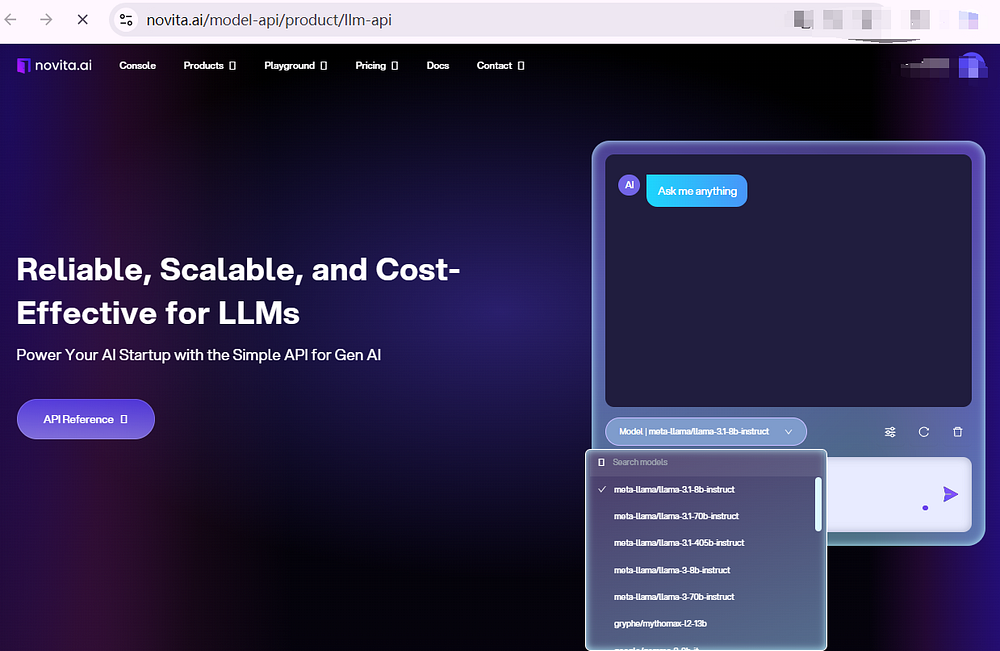
Step 4. Input Your Prompt: In the provided text box, enter the prompt or question you’d like the model to respond to.
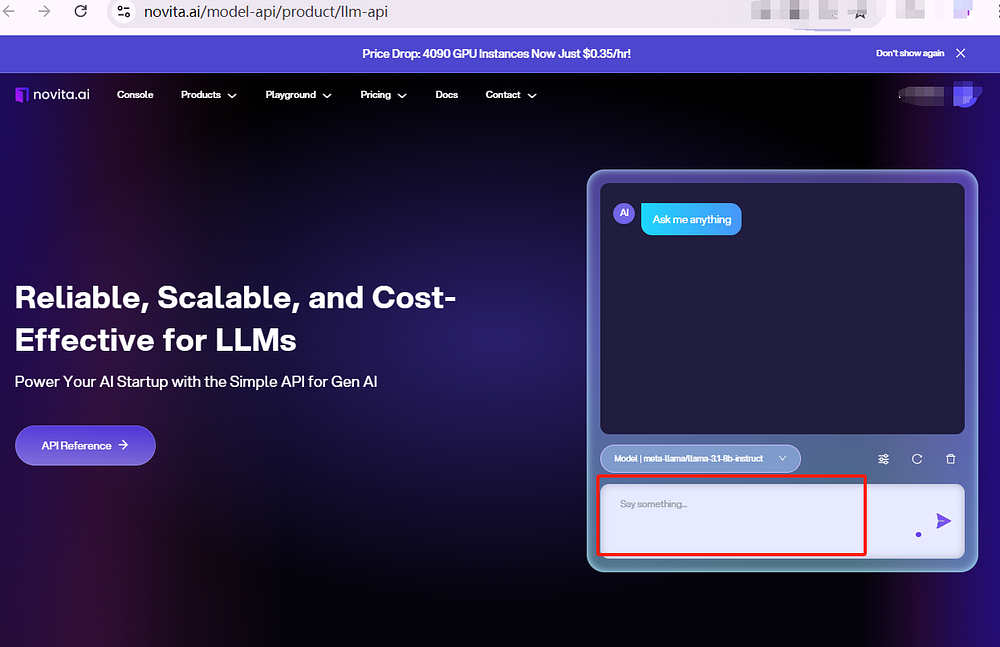
Maximizing the Impact of Your Luma AI Prompts
Creating effective Luma AI prompts involves imagination and understanding AI language. Enhance your prompts, seek feedback, and maximize Luma AI’s potential to create engaging videos.
Advanced Tips for Tailoring Prompts to Specific Genres
Luma AI offers various video styles, excelling in diverse genres. Each genre has unique visual elements to consider when creating prompts. For instance, for a sci-fi film, use words like “futuristic” or “cyberpunk,” while a fantasy story could include “magic” or “enchanted forest.” Understanding genres and using specific keywords allows for customized videos.
Analyzing and Improving Prompt Effectiveness Through User Feedback
Gathering feedback is crucial for improving your Luma AI prompts. Share your videos and listen to others’ opinions. Analyze viewer comments to identify areas for improvement. Iterating on prompts is a continuous process. Embrace new ideas, learn from mistakes, and refine prompts based on responses to create compelling video content.
Conclusion
In conclusion, getting good at using Luma AI prompts can open many creative options for you. By using clear language, key terms, and listening to user feedback, you can create amazing images in different styles. Whether it’s magical forests or futuristic cyberpunk scenes, let your mind run free. Enjoy the process from getting ideas to making art with helpful tools and technology available to you. Enhance your artistic vision with Luma AI, turning your ideas into lively images. Tap into your creativity and see how your prompts can wow your audience. Take the chance to explore new things with Luma AI!
FAQs
What Are the Key Ingredients of a Powerful Luma AI Prompt?
A strong Luma AI prompt boosts creativity and keeps things clear. Choose specific keywords to explain the subject, the action, and the setting. Also, use descriptive words to create the right mood and bring out feelings.
Can Luma AI Prompts Be Customized for Specific Artistic Styles?
Luma AI lets you customize your videos easily. You can use keywords that show different art styles, like “impressionistic,” “surreal,” or “noir.” This way, you can make the look of your videos personal.
How Does Luma AI Handle Complex Prompt Requests?
Luma AI can understand and process tricky requests in the video generator. Its AI skills aim to manage lots of details like natural beauty, futuristic cityscapes, and more.
What Are the Limitations of Luma AI in Prompt Generation?
It can struggle with creating very detailed or complex scenes that need more detail than what we have right now.
Novita AI is the All-in-one cloud platform that empowers your AI ambitions. Integrated APIs, serverless, GPU Instance — the cost-effective tools you need. Eliminate infrastructure, start free, and make your AI vision a reality.
Recommended Reading
1.10 Creative Dream Machine Prompts: Developer’s Guide